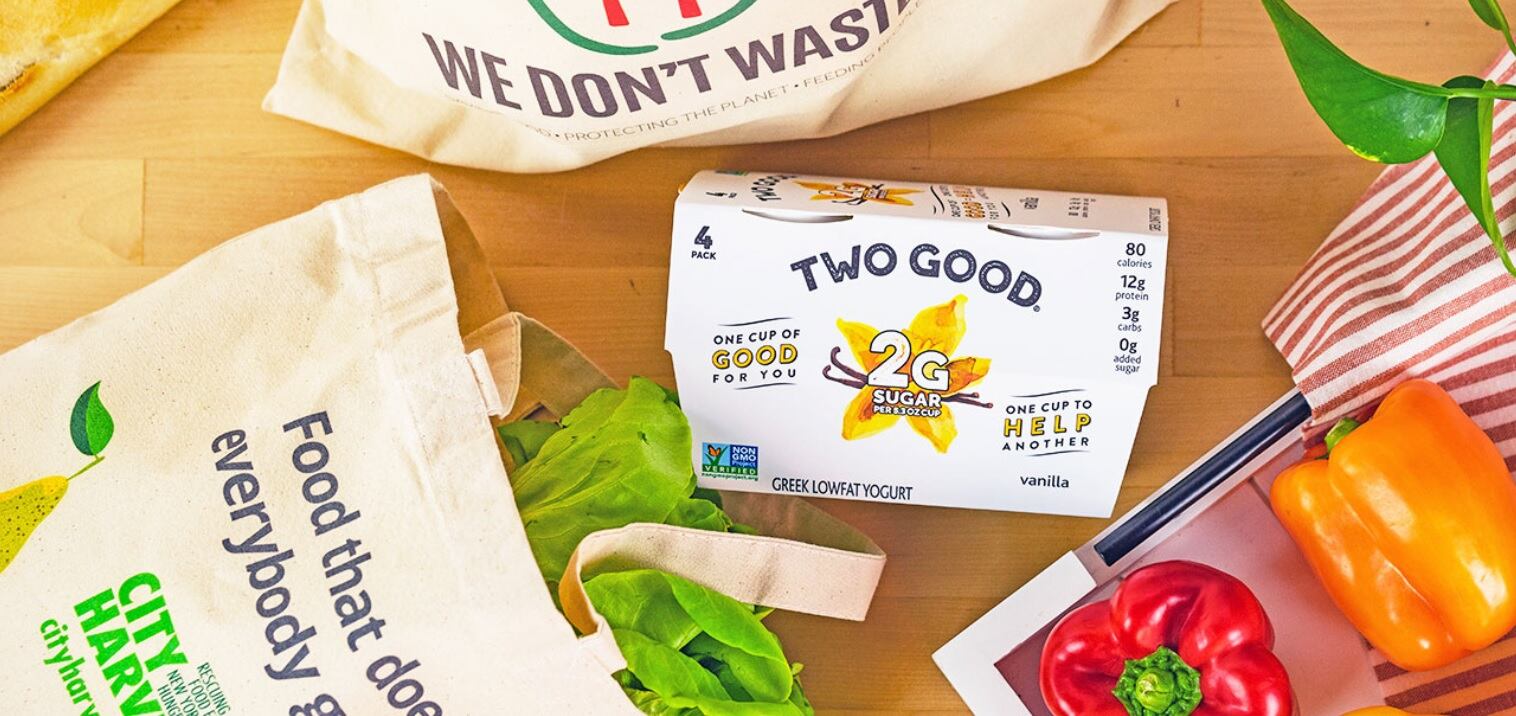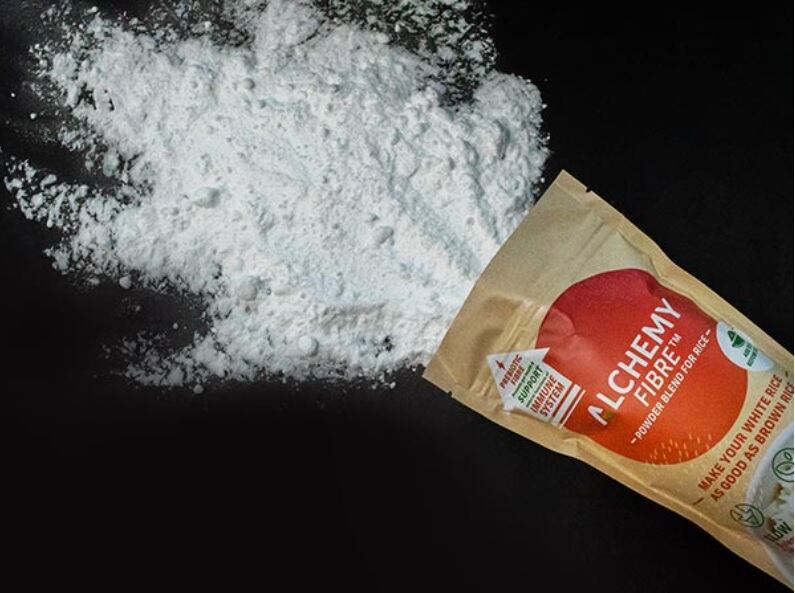“I think that there’s great opportunities in both places,” for both startups and established brands, but online and in store have different strengths and weaknesses that brands need to consider when charting their omni-channel strategy, Krishna Kaliannan, CEO and founder of Catalina Crunch, told FoodNavigator-USA.
He explained that selling direct-to-consumer online is a good place for new companies to start because it allows them to gather feedback from consumers to help perfect their products and messaging as well as identify who the core consumer is and where they live – which can help direct where there is the most in-store opportunity.
For more established brands, selling D2C can help them “be more and better,” again by more closely connecting them to their most high value and loyal consumers, Kaliannan said.
This is the strategy that Catalina Crunch took – launching first online in 2018 with a direct-to-consumer model before expanding into retail in January 2020 at Whole Foods with just three of its high-fiber, low-carb products. Over the course of last year, the brand quickly expanded to more than 13,000 stores nationwide across multiple banners – driving retail revenue growth of 2,708% year-over-year while simultaneously expanding its D2C revenue 112% in the same period.
The company’s success at retail hinged significantly on its success online and how it leverages ecommerce to support a broader omnichannel strategy.
But to make the most of D2C, Kaliannan recommends brands:
- Talk and listen to consumers. “If you put your product out there for consumers to purchase, but then you don’t learn from then and you don’t hear them and take into account what they’re saying, I think its almost a waste of time.”
- Tell the brand’s story in a way that resonates with consumers and they can share. “Your consumers at the end of the day are going to do most of the marketing and brand building for you. You don’t build your own brand – you consumers build your brand. As a result, you should empower them to do so by giving them, as transparently as possible, an understanding of why you’re doing what you’re doing, what you’re doing, and why.”
- Promote the website. “Operating a website and online retail, but then not telling anyone about it is another waste of time. It’s like doing something in the dark … no one can see what you’re doing.”
For Catalina Crunch, the most effective marketing dollars have been invested in addressing concerns quickly when they crop up and to deepening engagement with existing consumers.
“Cross selling [online] works really well,” Kaliannan said. “If someone is buying our cereal online and they really love our cereal, and they just need a nudge to try out the cookies, I think that a promo can work really well to help give them that nudge.
“Conversely, if they try something and they decide they don’t like, and we want to try to give them a nudge to try something else, rather than simply leave us altogether, a promo can help with that as well.”
Leverage online engagement to support in-store sales
While succeeding at shelf relied heavily on its online activity, Kaliannan acknowledged that getting on store shelves during the pandemic required more than a unique product, story and engaged fanbase – it also required consistency and hustle.
“As far as COVID, certainly for many brands it was harder to get on shelf. Stores were cutting assortments, cutting the sizes, moving more to private label … and that created difficulties, but there were a few things that I think we did well,” he explained.
First, he said, Catalina Crunch protected against the risk of out-of-stocks by building redundancies into its sourcing and production so that was always there for its retail partners.
Second, Kaliannan’s team reminded retailers that even though the pandemic upended many aspects of life, many consumers still wanted healthier options and cared about the quality of the food they ate. He added Catalina Crunch further reinforced how its products met an untapped need.
Third, Kaliannan said, his team didn’t pare back its aggressive efforts to connect with buyer during the pandemic and share how Catalina Crunch would add to their selection and bring in incremental sales and shoppers.



